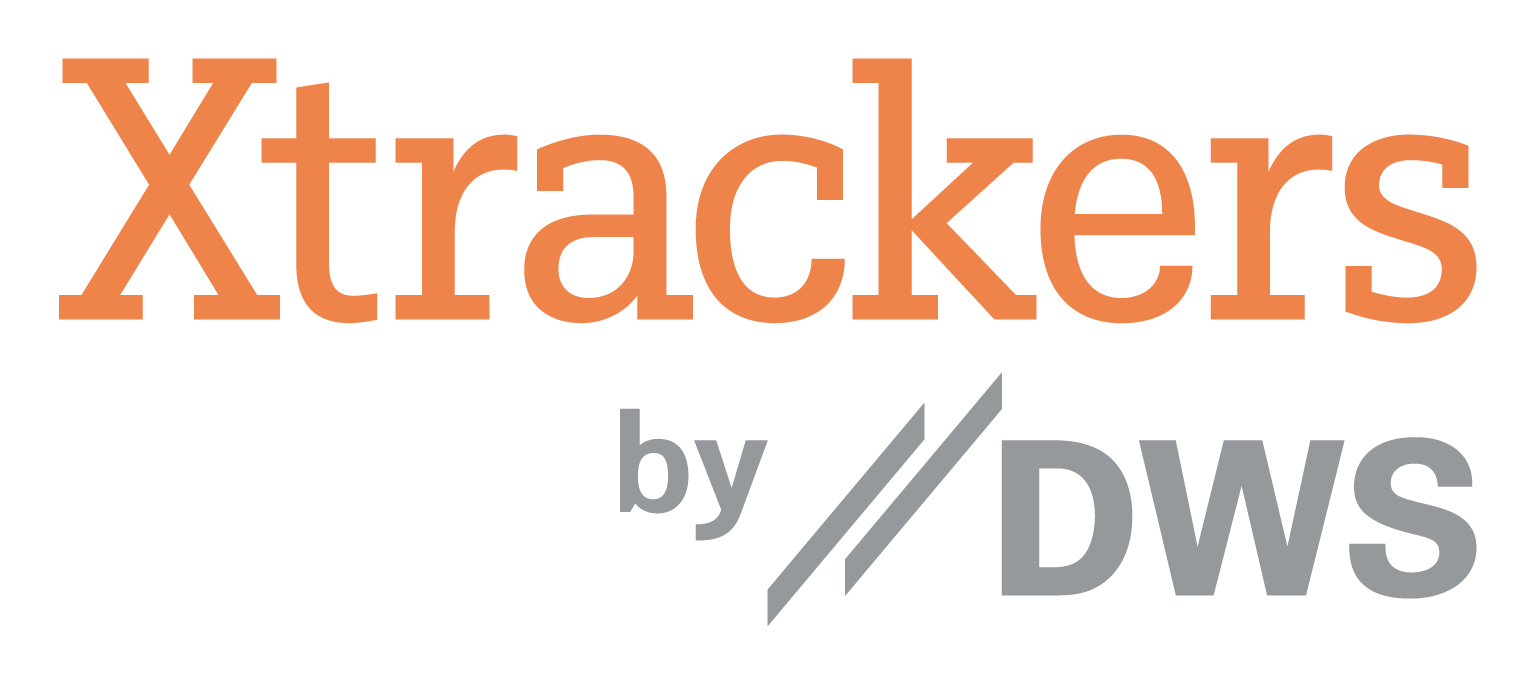This article first appeared in ETF Insider, to read the full edition, click here.
It is little over one year since BlackRock introduced its four-strong range of Europe’s first fixed maturity bond ETFs, since then, the market has taken off.
The US giant has added seven ETFs to its iBonds range, which include Europe's first exposure to fixed-maturity Italian government bonds ETFs.
The entire product suite has seen $5.4bn inflows since its inception, pulling in $3.17bn in 2024 alone, with the most successful product - the iShares iBonds Dec 2028 Term € Corp UCITS ETF (IB28) - raking in $553.9m inflows so far this year.
DWS, Amundi, Invesco, and BNP Paribas Asset Management were swift to follow BlackRock’s lead, all launching their respective ranges of fixed maturity ETFs over the past year. Amundi being the first issuer to wrap German bunds in an ETF as part of its four-strong fixed maturity euro government bond ETF suite.
The regular drumbeat of launches demonstrate that innovation comes as fund selectors are eye a greater level of granularity with their fixed income exposure.
The benefits of fixed maturity products are marked compared to conventional bonds ETFs. With these ETFs, investors can lock in currently elevated yields through exposure to bonds with a specific maturity.
This is particularly useful against the current rate environment, as being able to target a specific area on the yield curve helps to hurdle some of the complexities of the yield curve flicking between inverted and uninverted.
Against this backdrop, ETF Stream spoke with fund selectors to explore how they are implementing these types of ETFs in portfolios, how the current rate environment plays into ETF fixed maturity selection and where we might see further innovation in the space.
How are fund selectors using them in portfolios?
Fixed maturity ETFs function neatly in private bank client portfolios since they have a known maturity date and a known yield to maturity.
As a result, Antoine Denis, head of advisory and investment solutions at Syz Group said ETFs with fixed maturity dates are particularly helpful for ensuring their clients fully understand what the investments consist of.
“For example, during market downturns like in 2022, clients can remain confident knowing their money is not lost as long as the underlying bonds will be repaid. This transparency reassures them they will be repaid 100%,” he said.
“Additionally, ETFs allow us to target specific parts of the yield curve, and currently, we prefer the five to 10 year range.”
Meanwhile, Nathan Sweeney, CIO of multi-asset of Marlborough, said his firm is planning to launch a discretionary fund management service to create more tailored portfolios for high-net-worth clients, with fixed maturity ETFs playing a key role in this.
“[Fixed maturity ETFs] just give you the ability to target specific levels of yield. I suppose that is the key difference, you can be a bit more selective for clients who are looking for that yield. From that perspective, it is quite an innovative product.”
‘Lock in higher yields while they are there’
Sweeney elaborated that one of the key benefits of fixed maturity ETFs – predictability of cash flow – has been highlighted in light of recent market events.
“With market uncertainty and fluctuating yields due to Fed decisions, outcomes have varied for investors,” he said.
This has meant that being selective - like “choosing a bond with a fixed yield of 3% to 4%” - provides more certainty and reduces volatility, especially for risk-averse investors. Sweeney also noted clients are increasingly mindful of geopolitical and central bank issues.
He added it is important to lock in higher yields while rates are declining.
Andrew Limberis, investment director at Omba Advisory and Investments, said the shape of the yield curve – and expectations of how it may shift – is central in their fixed maturity ETF selection. “The decision does not take place in isolation, but we rather look to supplement our existing fixed income allocation,” he said.
How will demand evolve in coming years?
Demand for fixed maturity ETFs is likely to build out from discretionary portfolios for high-net-worth clients, where managers actively seek opportunities tailored to individual client needs, according to Sweeney.
“Over time, as more managers adopt these tools they will filter into mainstream funds. Like ETFs, passive investments and sector funds, these strategies often begin as niche solutions for managers with more tools, eventually seeing broader adoption across the industry,” he said.
Limberis added: “[Demand] will continue to increase as both new and existing ETF investors demand a broader range of products to suit investor needs. There is a clear investment case to support some - but not all - investors holding these products.”
More innovation to come?
Denis and Sweeney both agreed more granularity is to come in the fixed maturity space.
“It will be interesting to see the increasing granularity in this space. For instance, will we see more differentiation in ratings like BBB, BB, or B? This could allow for more nimble strategies, especially in high yield,” said Denis.
“While I am not comfortable with Triple C bonds right now, I would be more inclined to consider the upper range of high yield, which makes more sense from a risk perspective.”
Sweeney added: “If we focus on maturity profiles, will there also be more nuance in credit profiles, offering more options?
“For example, could we see baskets of bonds grouped by sector and maturity, allowing for distinct exposure. Investors could still buy individual bonds, like a Vodafone bond, but that requires more research. A diversified basket, however, offers broader exposure and easier risk management.
“With ETFs, you get easy access, liquidity, instant diversification, and targeted yields, making them an attractive option for discretionary portfolios.”
The final word
As fund selectors look for greater simplicity in their fixed income allocations amid the uncertainty of central bank rate cuts, fixed maturity ETFs are increasingly becoming a key component in portfolios.
“I believe fixed income maturity ETFs offer the perfect blend of predictability and flexibility, which is crucial in today’s volatile market,” Sweeney said.
“Clients seek certainty, and with falling interest rates and persistent inflation, these ETFs become even more attractive for investors looking for stability.”
This article first appeared in ETF Insider, to read the full edition, click here.






